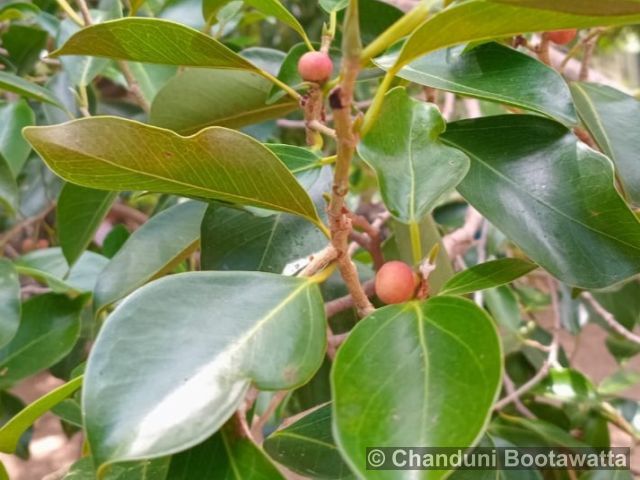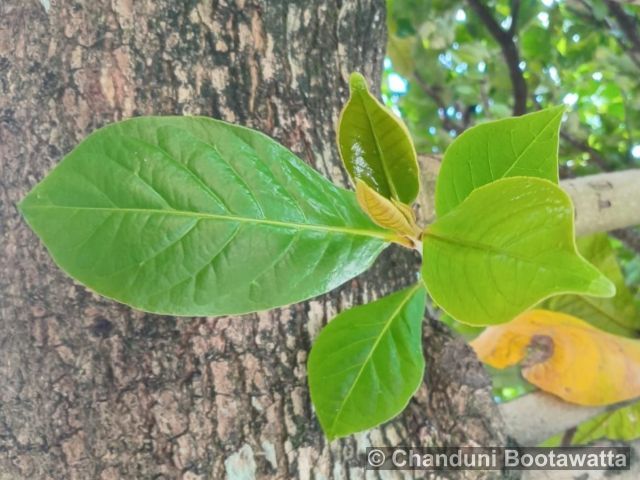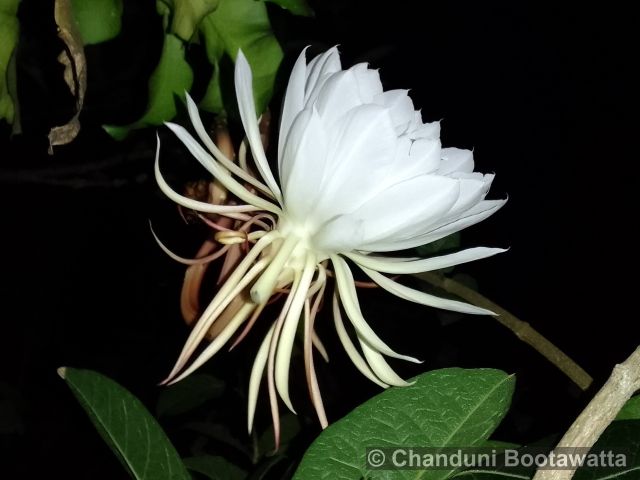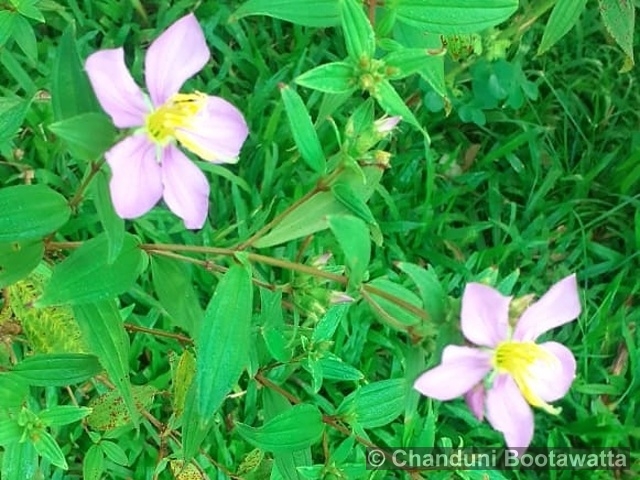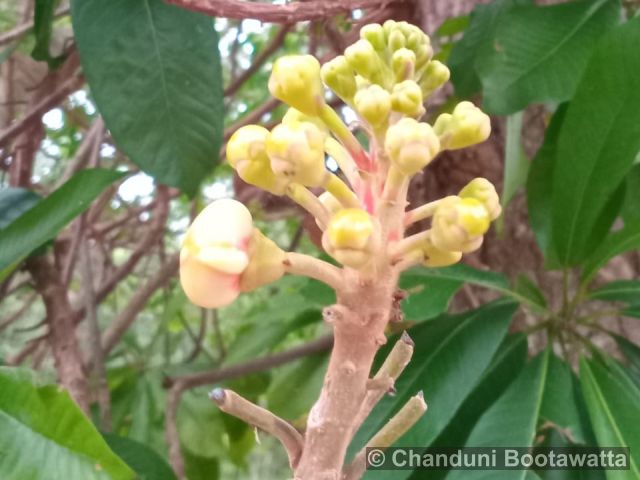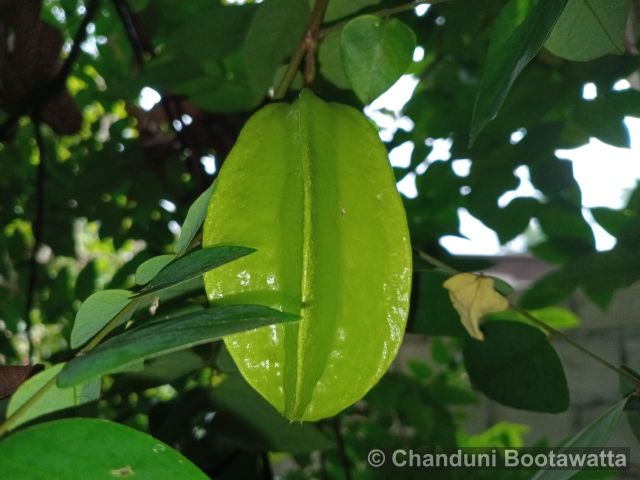Tento příspěvek byl přečten238krát!
YOU CAN FIND THE CZECH VERSION IN THIS LINK
Indian Sandalwood, White Sandalwood
Syn: Santalum myrtifolium (L.) Roxbo.
Family: Santalaceae

Description: Medium sized evergreen tree, it typically reaches heights of 5 to 10 m and has a slender trunk with rough, grayish-brown bark. The leaves are leathery, elliptical and dark green, arranged alternately on the branches. Flowers of the plant are small, with five petals, and are arranged in clusters or panicles. Blooming season varies depending on the region but often occurs during the summer months. Fruits are usually around 1 to 2cm in diameter. They are small, spherical, and fleshy drupes. They are initially green and turn darker as they ripen.


Substitutions: Australian Sandalwood (Santalum spicatum) has similar fragrance profile but is more sustainable. Hawaiian Sandalwood (Santalum paniculatum) it offers a similar scent but is less endangered. Amyris or West Indian Sandalwood (Amyris balsamifera) has a similar woody and sweet scent.

Ecology: Santalum album species typically grows in semi-arid to arid regions with well-drained soils. It thrives in tropical and subtropical climates.

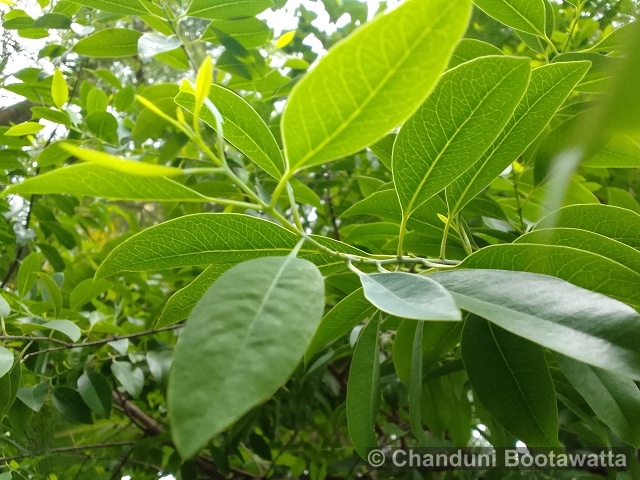
General distribution: It can be found in countries like India, Sri Lanka, Indonesia, Malaysia and Australia.


Author of text and photos: Chanduni Bootawatta.
Photographed in Matale, Sri Lanka on 24/09/2023.



 Poslat emailem
Poslat emailem

